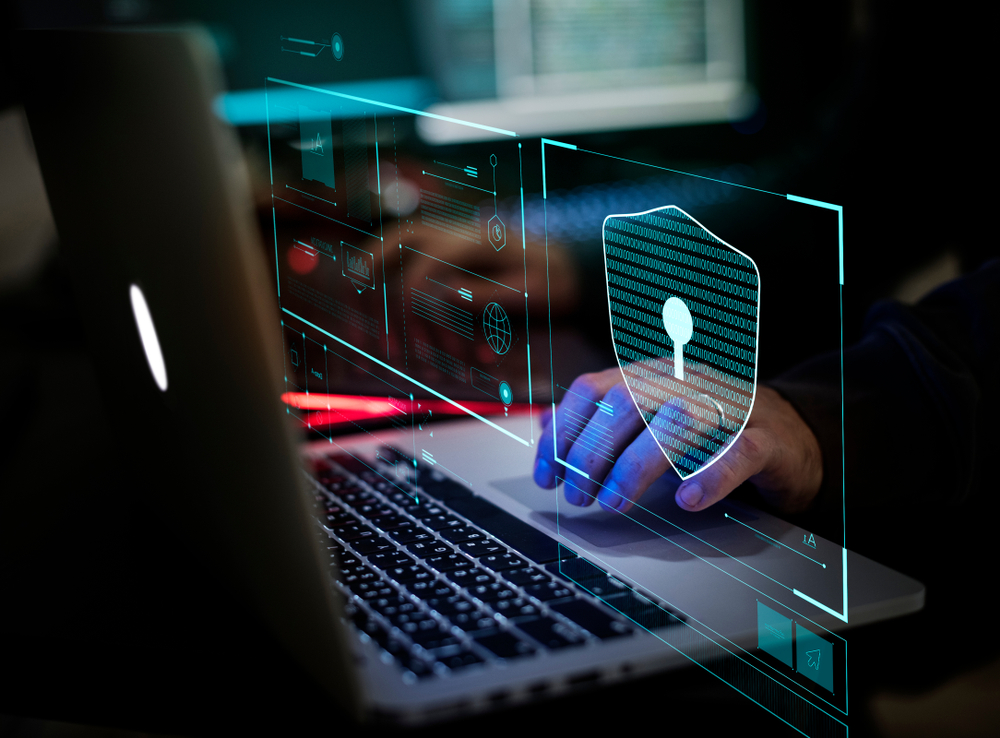 As we learn to adjust to the new normal, there is a lot of discussion around antifragility. Antifragility refers to navigating beyond resilience – that is thriving in chaos, rather than just surviving it. A cyber security posture, that continually and optimally navigates between experience and security, is a starting point. I outline below ten considerations that can help an organization do so
As we learn to adjust to the new normal, there is a lot of discussion around antifragility. Antifragility refers to navigating beyond resilience – that is thriving in chaos, rather than just surviving it. A cyber security posture, that continually and optimally navigates between experience and security, is a starting point. I outline below ten considerations that can help an organization do so
- Security today is probably nobody’s business, but it ought to be everybody’s business, particularly that of business. Data is the new sunlight, and business owns the data. So, business is ultimately responsible for its use and misuse. Cyber security has become a board level agenda. In fact 5th generation warfare has cyber security as a key component.
- Responsible and responsive use of data, requires business and digital service providers (within and outside the organization) to work together in much deeper, faster and newer ways than before. A Data and Analytics Operating Model which supports an efficient data supply chain, from generation to retiral, is essential and ideally should have a CXO level owner
- Devices will proliferate and more IP addresses on the net will make monitoring difficult. Current security strategies will just not work and a new approach is needed. Two factor authentication with zero trust, remote wipe and end to end monitoring is a must.
- New challenges are emanating from WFH as a network is as strong as its weakness point. The home wi-fi practices, devices and security is not enterprise grade. Organizations need to re-think how they will operationalize standards, behaviours and monitoring to ensure the same
- A cloud first, mobile first and AI first strategy today are table-stakes. Coupled with challenges posed by the splinternet, govt regulations state and non state actors creates a thin line in treading privacy, security and control. The GDPR (Global Data Protection Rights) in Europe and equivalent laws in India has exponentially increased need for compliance and the risks from non compliance.
- Existing technology allows use of sentiment analysis on CV’s, schedule interviews and conduct phone interviews by AI without any human intervention . The same technology has increased cyber security threats – Stuxnet (shut down a nuclear plant) to Wannacry – (a major shipping line out for a week ) . Leading organizations deploy equal and sometimes a generation advanced tech to counter such threats
- The Enterprise Network (IT) was built for Confidentiality, Integrity and Availability (CIA) in that order. The Operational Network (OT) was built for availability, integrity and confidentiality (AIC) – in that order. Increasingly with IT-OT integration the OT networks are becoming vulnerable to IT threats, which they were not designed to withstand.
- State and Non State Actors are becoming players in Cyber Crime, espionage and warfare. The Cyber crime market is estimated at $600bn, whilst the cyber security market is only $175 bn. This investment asymmetry affords an opportunity for CIO’s/CDO’s to call for more investments into security
- Authentication, Authorization & access control have to be on the system via multifactor authentication. The nature of threats, their intensity are increasing, while the surface area of the org increases, as digital penetrates. Important to keep assessing the health, fitness and performance of the cybersecurity systems deployed.
- Organizations have too many disparate security tools, lack coverage and are focussed towards rectification and recovery, rather than prediction and prevention. Cloud Access Security Broker (CASB), Security Incident and Events Monitor (SIEM), SOAR (sercurity orchestration and automated response) in a connected NOC (network operations centres), SOC (security operations centre and OCC (Operations Control Centre) are some essential investments to be on the roadmap.
How to get started or accelerate the journey ?
– A holistic cyber security risk assessment around OT-IT and Physical should be undertaken with cutting edge organization(s).
– Acknowledge the risk, understand the state of under preparedness, size up the investment and deploy. Cyber security risks today range from destruction of reputation, exposure to litigation, loss of customers and the emerging threat of industrial blackmail
– Internalize that today it is not just about cyber security, it is about Phygital Security.
– Best practices like having Red team (ethical hackers) and Blue team (defenders), who are jointly incentivized, and prioritization of investments based on your position and posture, are essential



